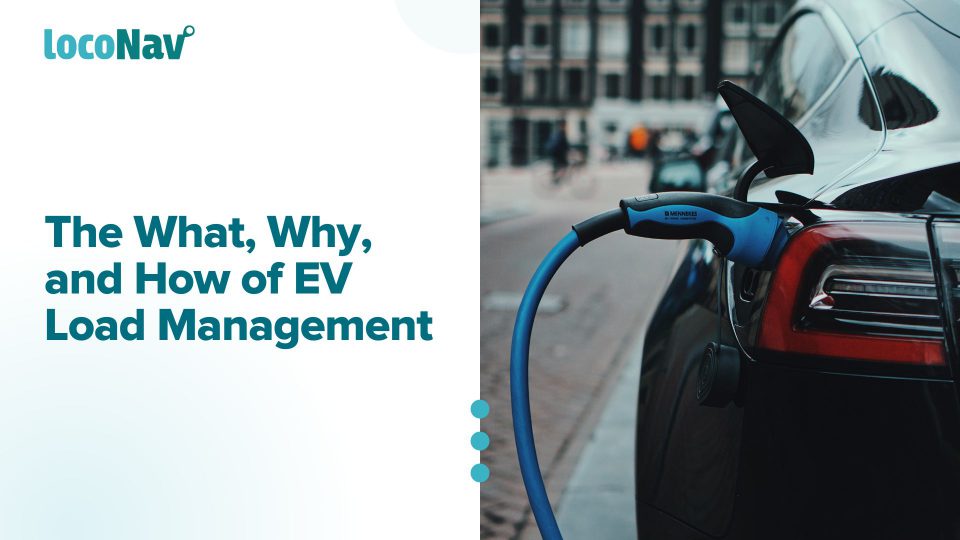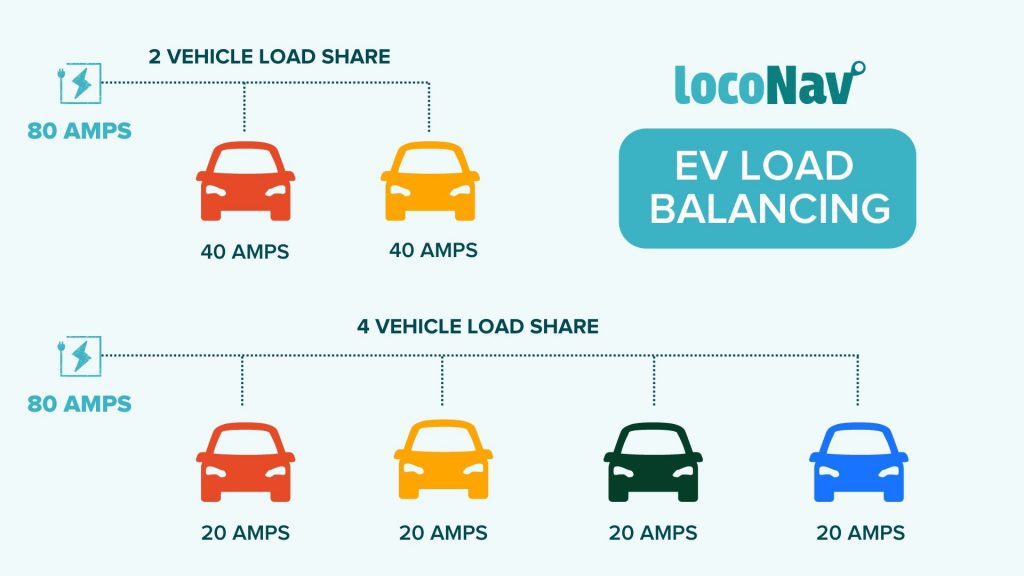

The world is readily switching to electric vehicles. However, people who switch to electric vehicles will discover an unwelcome truth about the electrical grid: it is a critically balanced mechanism. Having too much or too little consumption can cause the system to fail. Thus, the transition to electric vehicles will be a challenge, but not an impossible one.
Many charging system suppliers provide EV load management, also known as power management, to help property owners with this transition and prevent potential hazards. In this blog, we will discuss what EV load management is, how it works, and why load management is important for the future of mobility to be electric.
What is EV Load Management?
When numerous electric vehicle supply equipment units are linked to the same circuit, a local load management system allows you to determine how much electricity each charging unit can consume. Once configured, the chargers will automatically utilise the protocol of your choice to balance how much electricity each can consume at the same time.
When you put in an electrical device, you want it to work while simultaneously expecting another appliance not to turn off just because you plugged in some other device. However, the power supply that flows into your home is not endless. There are multiple layers of checks and balances in place to guarantee that your gadgets continue to get power from the available electricity.

However, an EV charging system consumes far more energy than, say, a microwave. Although your power supply can manage and supply energy to a single device, things grow more complicated when many devices are used. Local load or charge management systems can help with this.
Local load management enables you to use your building’s current power panel to charge many electric vehicles via charging stations. This is achieved by enabling the charging stations to communicate with one another and distribute a consistent electrical current to each.
Why is Electric Vehicle Load Management Important?
Let us now look at the multiple reasons why EV Load Management is important for electric mobility:
- Balanced EV load management optimises charging site efficiency and customer experience.
- It ensures that each individual charging station has enough energy to power each car.
- It is crucial for lowering energy bills.
- When assessing the real power demands throughout the entire site, the EV charging load balance makes sure that every vehicle is charged on time. As a result, it guarantees 24*7 charge point availability.
- Smart load management helps make sure vehicles leave on time and with sufficient energy, and alerts the driver if this is not possible.
- EV charging load balancing allows eMobility service providers to meet both vehicle and driver needs while allocating electricity based on energy priorities.
How Does EV Load Management Work?
Whether you only have one charger at home or several chargers on a larger commercial site, load management ensures that the energy to each charger is equal. This implies that charging is efficient and consistent, regardless of the number of charging sites or electric vehicles you want to charge.
Not only that, but it also helps to equalize energy consumption during peak hours, putting less load on the national grid. The software inside the charging device also communicates with the energy grid to ensure that everything is working properly.
Extra Tip!
Managing an EV fleet is a difficult undertaking. Employing EV fleet management software to handle key critical performance parameters like charging timetables, efficient routing, and the energy consumption is essential. It can be a powerful resource in EV Load Management. This can also empower EV fleet companies to conduct a viable and successful business.